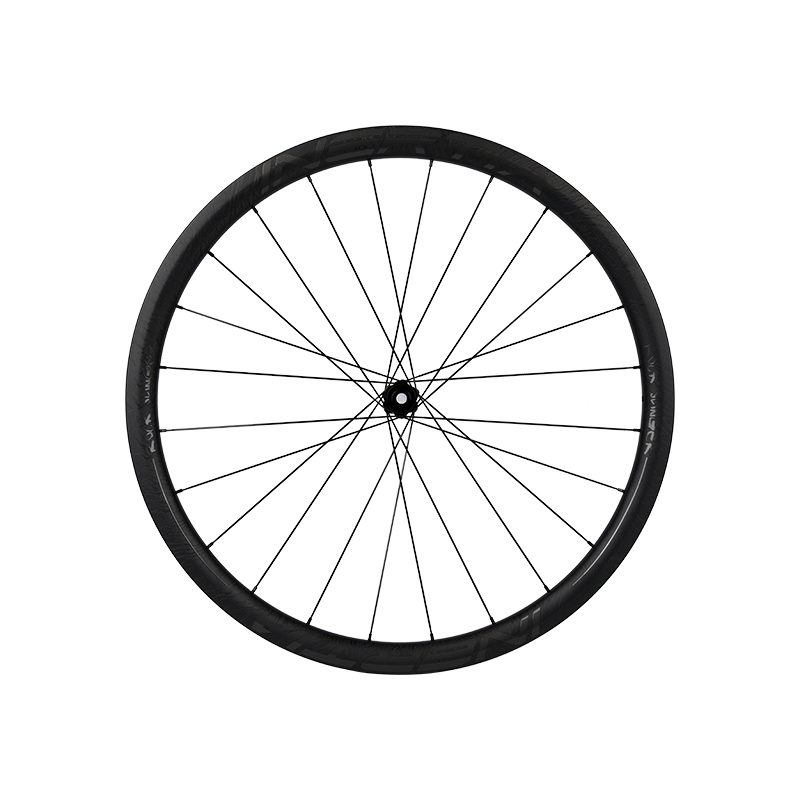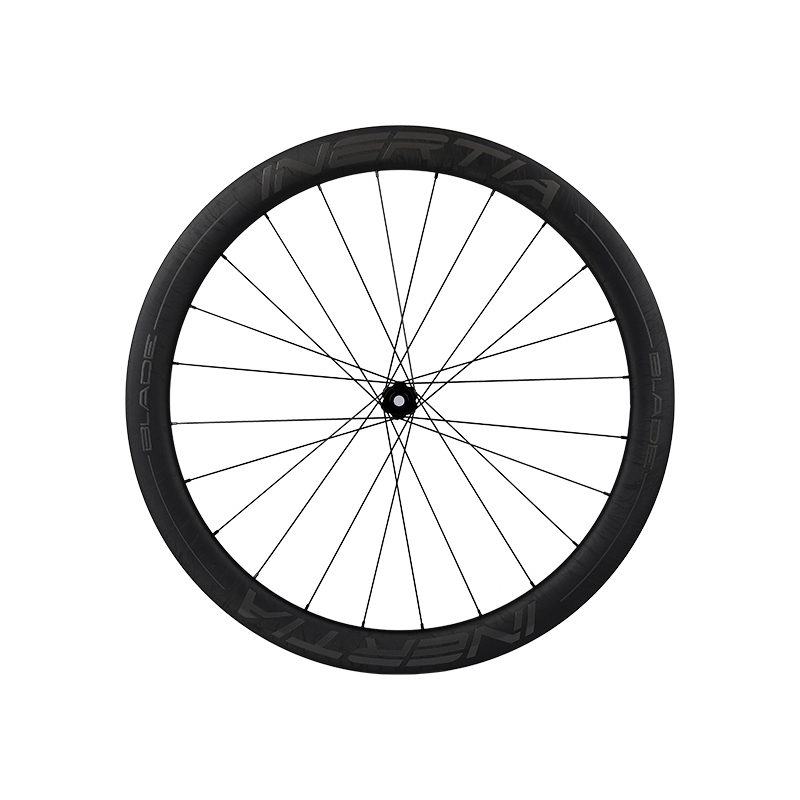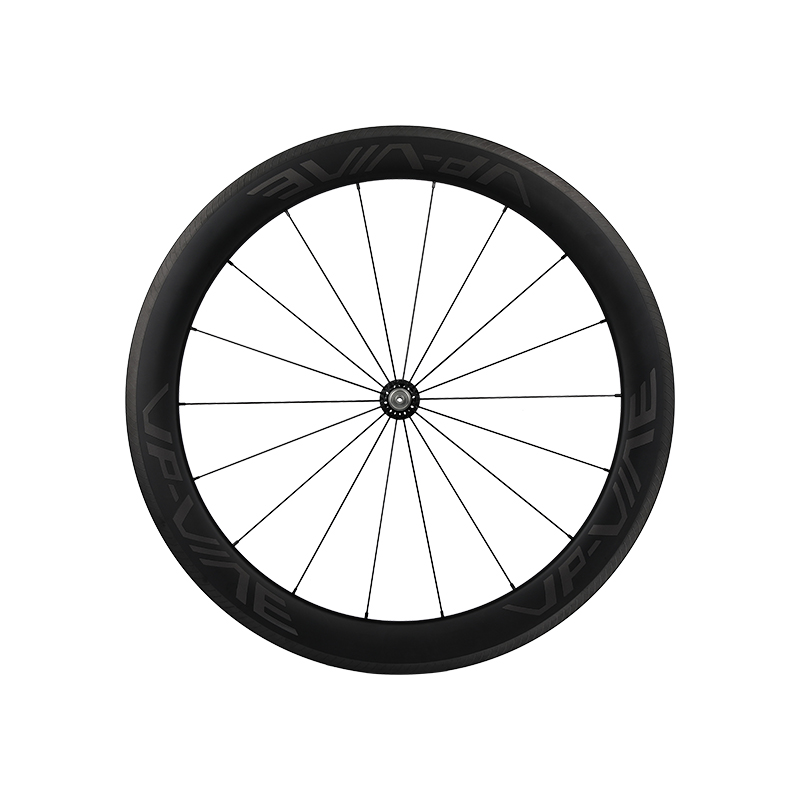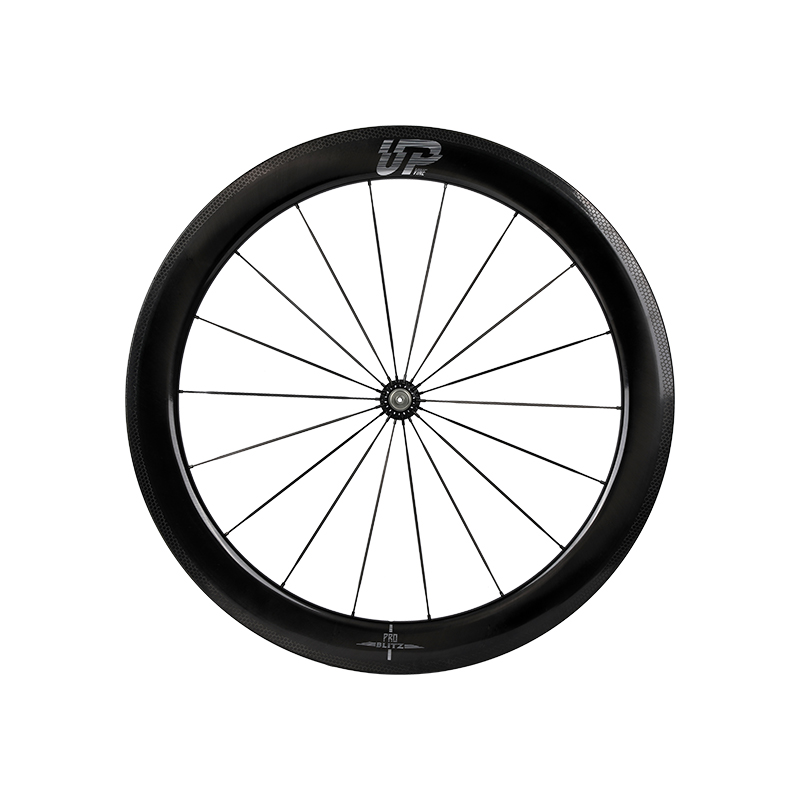The wheelset is the heart of your bike and can have a significant impact on the overall quality of your ride. They also transfer your effort from the bike to the road, so it's important to choose a set that matches your riding style.Rims are a vital part of the overall construction and durability of road bike wheels. They play a key role in how the wheel reacts to braking, as well as affecting aerodynamics.The rim is also responsible for the interface between the wheel and the tyre. Rim widths are determined by the ETRTO (European Tyre and Rim Technical Organisation), and should be compatible with a range of tyre sizes to ensure safety, comfort and efficiency on the bike.
In recent years, riders have been switching to wider tyres and wider rims. This has helped increase tyre air volume and also improved comfort.For the best possible performance, the rim should be chosen to match the rider's style of riding and intended use. A narrower rim is suitable for fast cross-country racing, while a wider one is ideal for off-road cycling.Hubs are an essential component of a road bike wheel, as they allow your wheels to be attached to your frame. They also have bearings inside them which let your wheel spin on an axle when you pedal.
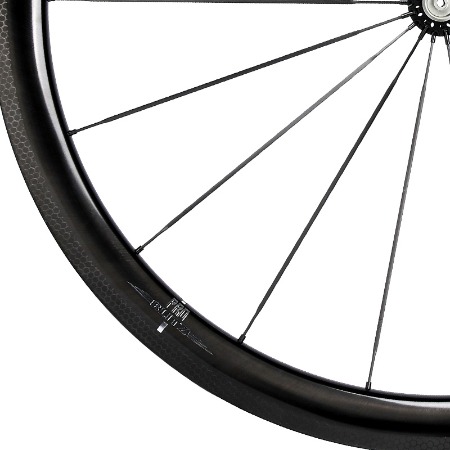
The bearings within a hub can be made of steel or ceramic, which improves their longevity and efficiency. Generally, steel bearings are preferable as they will outlast cheaper ceramic ones.However, they are not cheap and the hubset can be heavy as a result. This is why it's important to choose a good quality hubset and ensure that it is well built to suit your needs.The most important factor is Points of Engagement (POE), which refers to how quickly the hub catches your cranks when you start to pedal. There are a few different types of POE, including star ratchets and pawls.Spokes connect the hub and rim of road bike wheels. They provide weight, strength and feel for the wheel, and transmit power and braking effort (for disc brake wheels) from the rider.
They also keep the rim round and true, which is crucial to a well-built wheel system. This is where spoke tension comes in, which is measured and evaluated using a tensiometer.Speaking of which, spokes can be made from a variety of materials, from steel to aluminium. The material you choose will depend on your riding style, budget and intended use.
The tyres that go on your road bike wheels are the most important part of the wheel, as they support the rim and help keep the wheel stable during braking. They also help reduce the amount of aerodynamic drag and rolling resistance, meaning your ride will be faster.Tires come in a range of sizes and types. The most common are clinchers, which mount to a standard hooked rim and use an inner tube to hold air pressure.There are also tubular tires, which are more popular with professional road racers. They are mounted on special tubular specific rims, and a tube is sewn into the casing of the tire to form a sealed unit.The tyre size you need depends on your bicycle and the kind of riding you do. Most bikes will have a 700c tyre (bead seat diameter of 622mm) although smaller triathlon or extra-small women's road bikes may have 650c tyres.



 Español
Español
